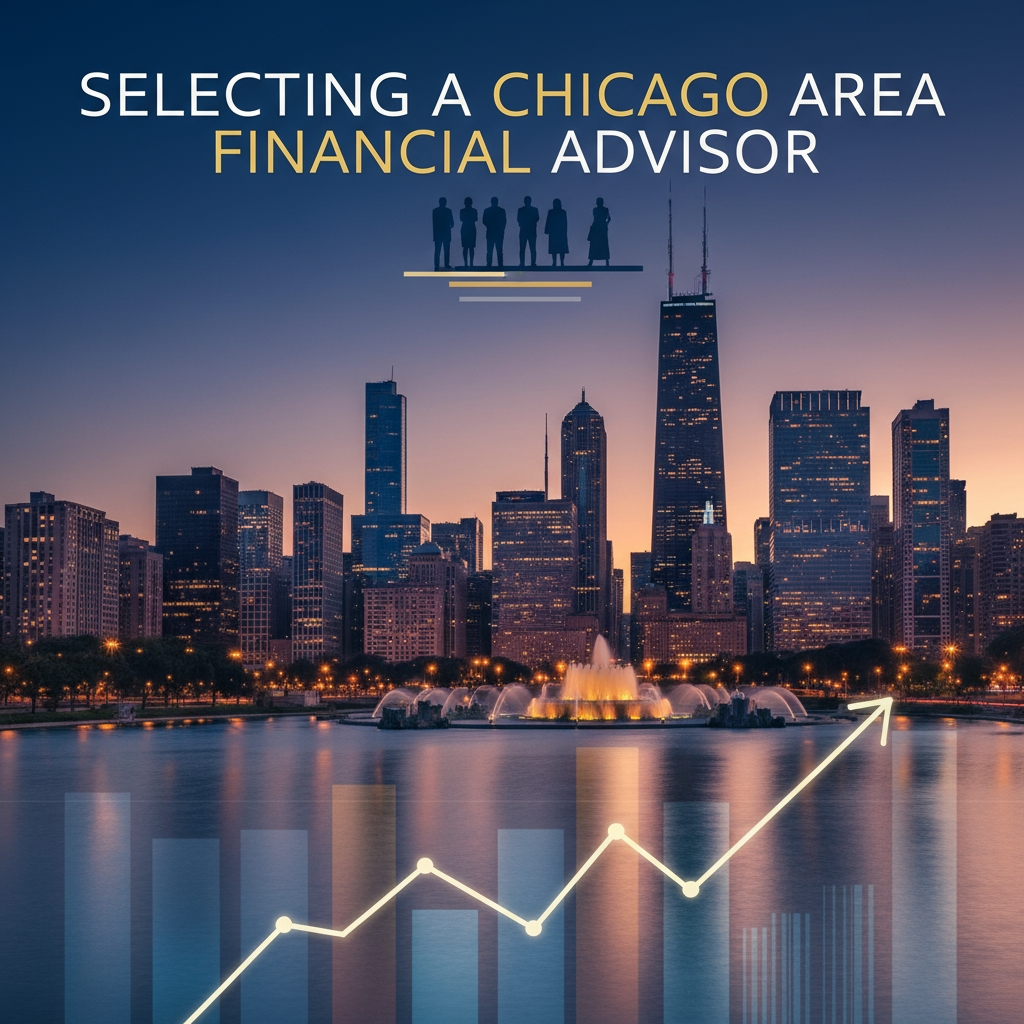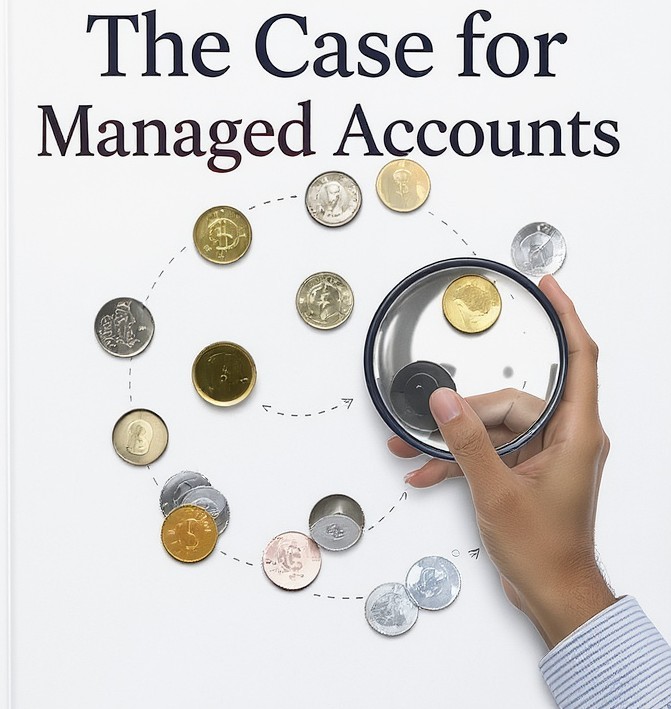In today’s fast-changing financial services landscape, Registered Investment Advisor (RIA) firms and Bank Trust Departments face a critical challenge: delivering sophisticated investment strategies and outstanding client service—often with fewer resources than large national competitors. To remain competitive and cultivate sustainable growth, many forward-thinking firms are partnering with an outsourced Chief Investment Officer (OCIO). This solution provides institutional-quality investment management at a fraction of the cost—typically $180,000 to $230,000 annually, according to Cornerstone Research—compared to hiring an equally skilled in-house CIO and support team. For these agile firms, the shift isn’t just about keeping pace; it’s about strategically positioning themselves to outperform and compete well above their weight class.







